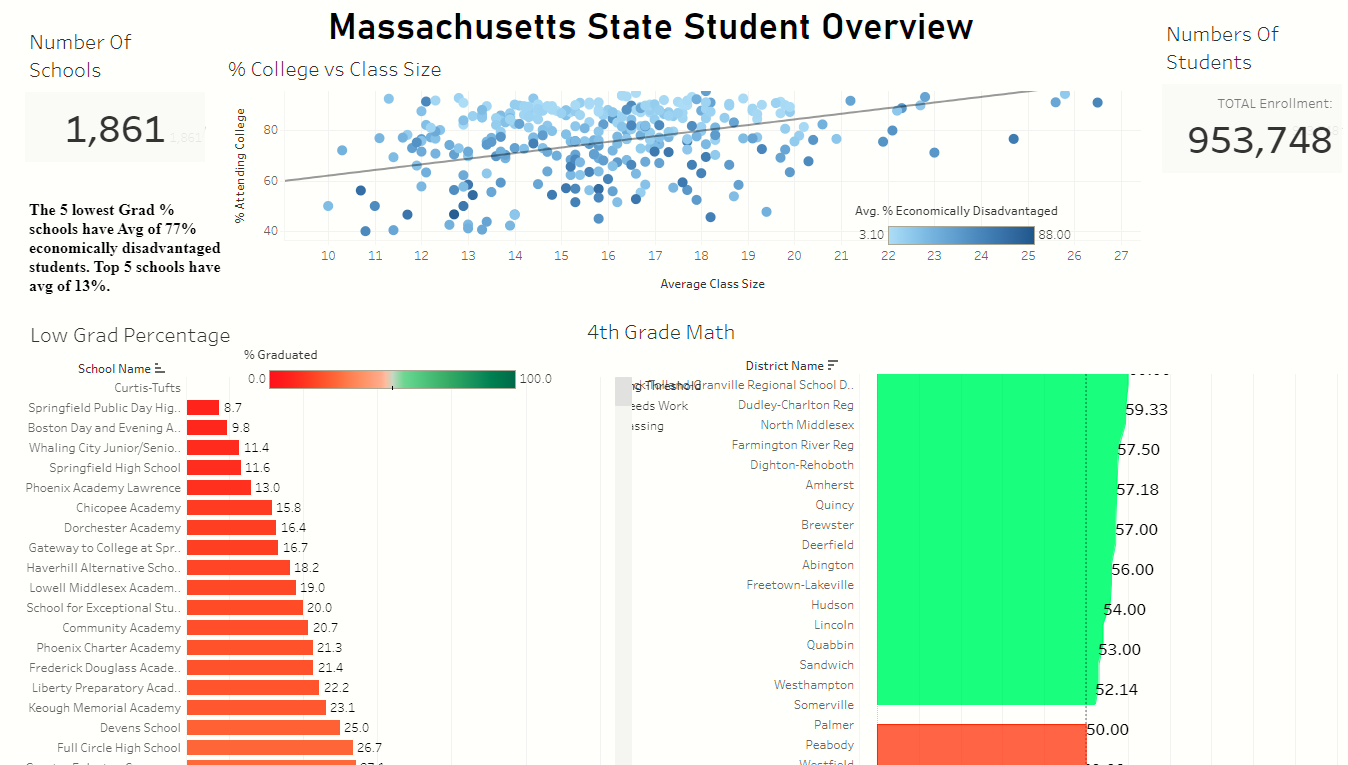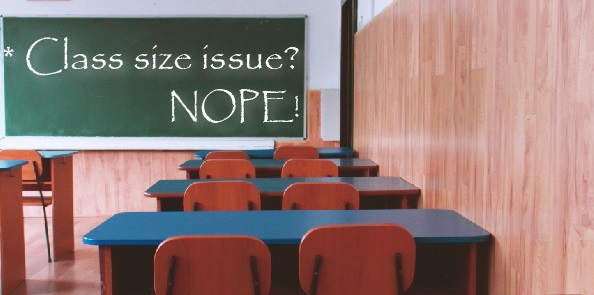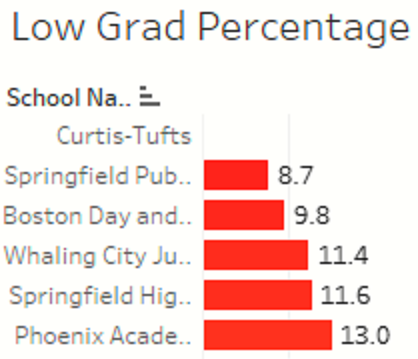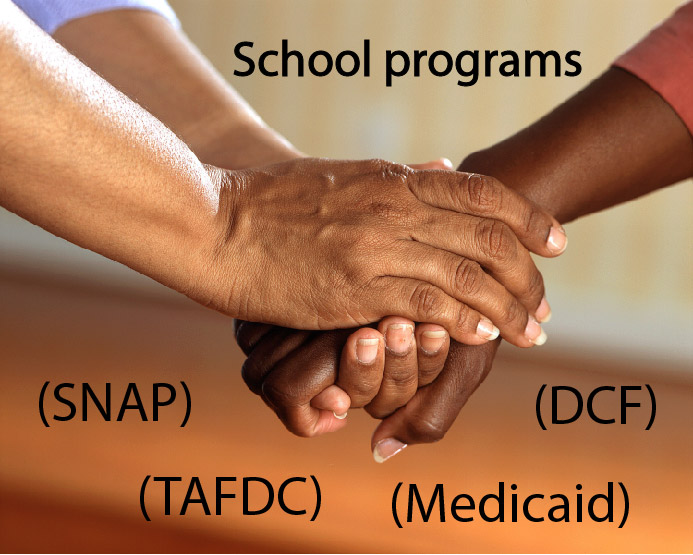Trevor Maxwell

Translating Data To Insightful Stories
View My LinkedIn Profile
The advancement of AI piqued my interest. What started as an exploration of the emerging technology
turned into a career transition. I am excited to be working as a technical business analyst. I am
looking forward to what I will continue to learn and discover.
State Of Massachusetts Student Overview
In the state of Massachusetts, there are approximately 953,748 high school students, which is almost a million kids! This means that decisions regarding high school education affect one-seventh of the state’s population, which is 6.985 million.
Background
The state of Massachusetts asked to analyze their education data The Secretary of Education is exploring ways to increase college attendance, including investing in building more schools. One idea is to lower the average class size in hopes of boosting the percentage of students attending college. Using Tableau we have taken a deep dive into the data.
All the data is available to look at yourself on this Tableau Dashboard

The original dataset can be found here 👉 Dataset
The Analysis
I was stunned to learn.
Last year, 162,137 students did not graduate while 791,610 students successfully graduated. Another 205,818 did not attend college, while 585,791 students proceeded to pursue higher education after graduation.
As per the state’s request, I looked at the correlation of class size.

 The average class size for the entire state is 18, however, the top 5 schools have the largest class sizes. While class size may not be a significant contributor to student grades. There was more data to look at.
The average class size for the entire state is 18, however, the top 5 schools have the largest class sizes. While class size may not be a significant contributor to student grades. There was more data to look at.
Next, we looked at who could help other schools.

The top five schools in fourth-grade math proficiency are Hingham, Winchester, Lynnfield, Manchester, and Sherborn. Reaching out to these schools to discover how they are aiding their student’s success will be important.
Then we identified schools needing the most urgent help.

The schools that are currently struggling the most with their grade point average. These schools include Springfield Public, Boston Charter, Whaling City Junior, Springfield High, and Phoenix Academy. They could benefit greatly from some assistance and that would be a good place to start.
Lastly, we found the most helpful piece of information!

When it comes to struggling schools, an average of 77% of their students are economically disadvantaged. In contrast, only 13% of students in the top 5 schools face the same situation.
According to the state, children who use one or more assistance programs are at a disadvantage.
Conclusion
I recommend reaching out to the high-performing schools and inquiring if they would be willing to share their successful strategies with the lower-performing schools.
Instead of investing in building more schools, we should focus on improving or expanding the programs that help economically disadvantaged children. This would be a more effective use of resources.
Lastly, It would be beneficial to contact colleges and share this information with them to explore if they’re willing to assist high schools in enhancing the transition to college.
If you enjoyed reading this. Please connect with me on LinkedIn. I’ll be posting more like it.
This project was done as part of the DAA Boot Camp Projects. Educational purpose.

